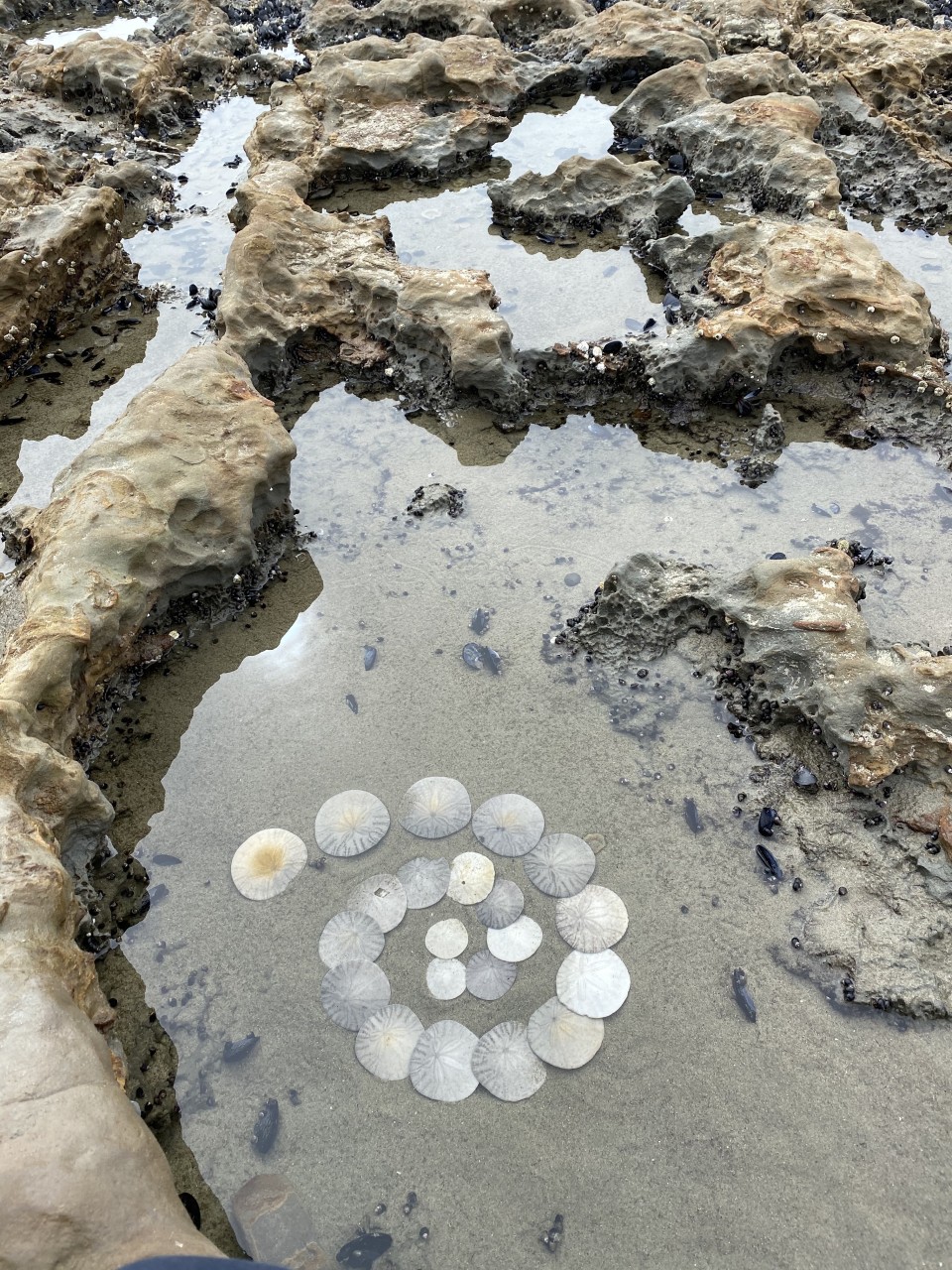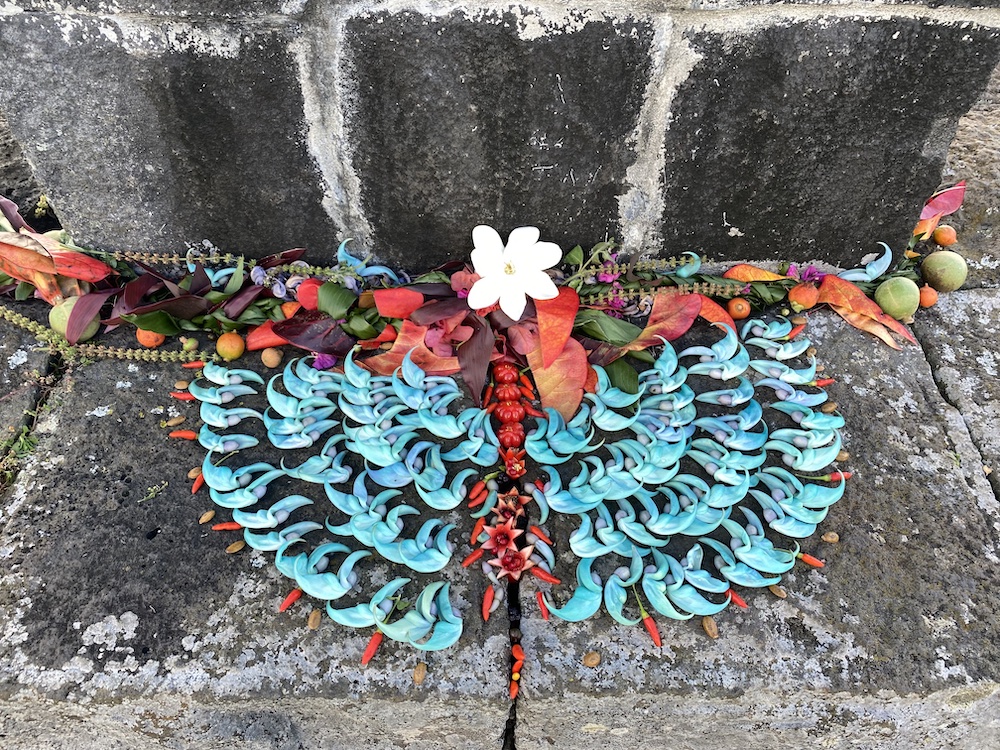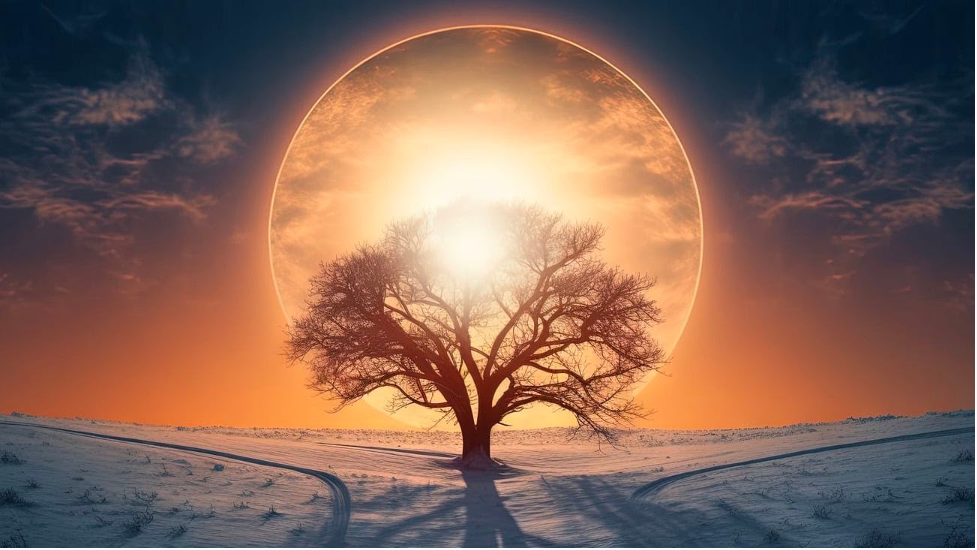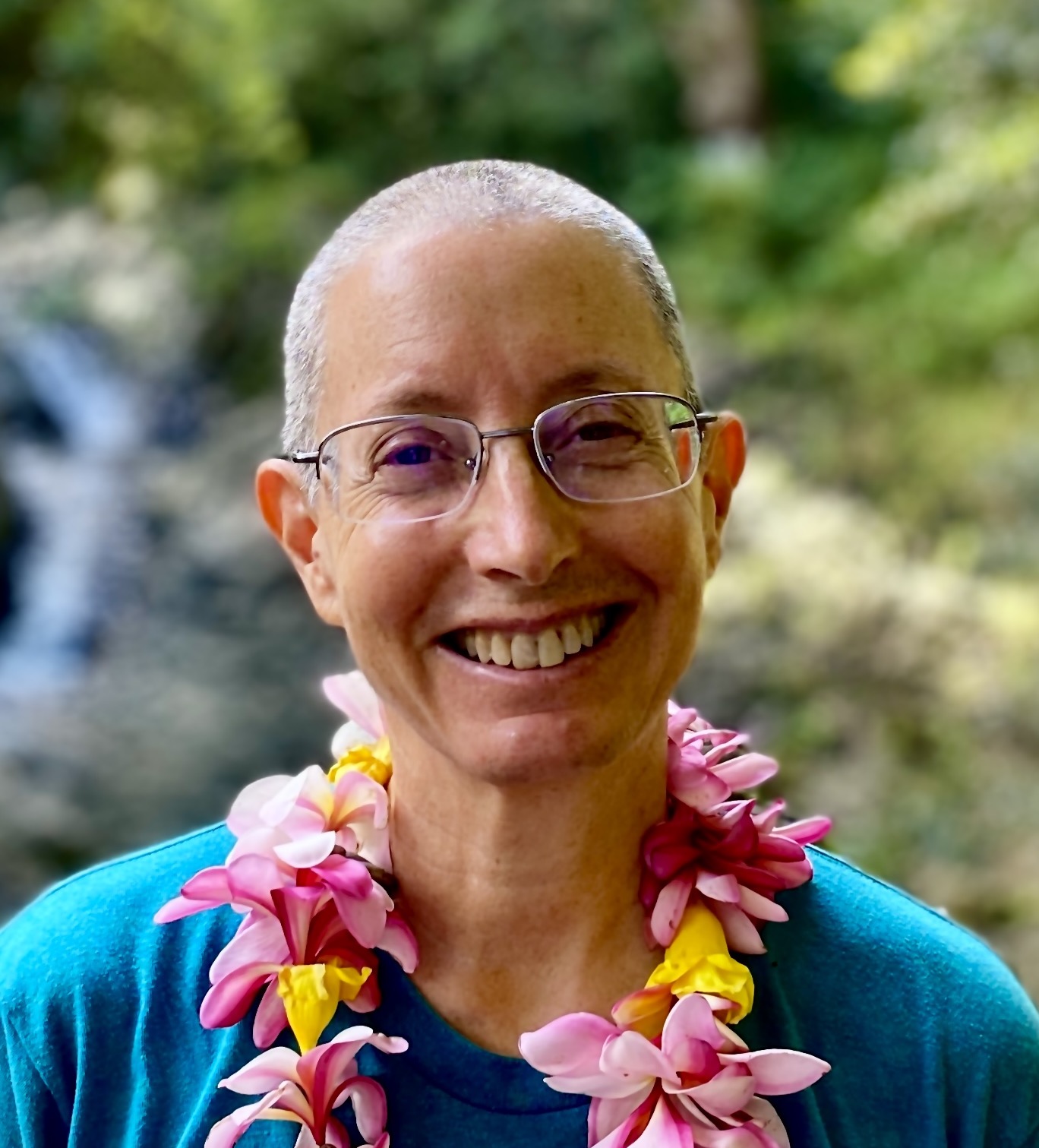Homecoming with Somatic Regulation

Spiral Sandollars in tide pool
Homecoming with Somatic Regulation
Anita Pottekkatt
When I heard about the Ukrainian invasion, one of my first responses was to take stock of the 13-gallon containers I have in my living space. My “stuff” resides in these containers. My fantasy is to reduce it so that everything I own will fit into a backpack. And at short notice I can move quickly and outrun fear and grief.
My great grandmother lived in an age when her cultural matriarchal family system was being ridiculed as primitive and had been made illegal by British colonization. My grandmother, married before puberty, struggled with shame around sexuality. My mother left the village for the city, hoping to find gender equity. I, hurting from the inter-caste tensions of my parents’ marriage and terrifying patriarchy, fled to the US as soon as I could. In the US, the trees are different from those in South India and I ached for my tropical homeland. My ancestors’ story, combined with the differences in nature, lives in me as a visceral belief that to be safe I need to be continuously on the move. I share my personal story to normalize any response (or no response) that you might have to learning about the invasion. What thoughts, dear reader, passed through your mind when you heard the news of the invasion? Did you notice situational, intergenerational or early childhood trauma being activated?
Lama Rod’s Seven Homecomings helped me meet my distress and integrate my heartbreak. Practicing them has helped me begin the journey of mourning the hundreds of thousands of years of grief that lives in my body, and to simultaneously connect to the hundreds of thousands of years of wisdom that also lives in my body. This is what Lama Rod’s homecomings mean to me:
1. ancestors. Those whom I have known, those whose names I know but died before we could meet, and those whom I have never known. I stay close to them through food, song, dance and storytelling.
2. elders. Those who are further down the path than me, and take time to guide me. My elders are Amma Thanasanti, Lama Justin and Dr Nida.
3. texts. My wisdom tests are the Pali Canon and the Heart Sutra. And also the Mills & Boons romance books that I read as a teenager in delicious secrecy.
4. community. My community are my friends and those with whom I can be and with whom I can do yoga, draw, cook, garden and play with animals
5. silence. The safe silences and stillnesses in which I can hear the wind and the rain. The comradely silence of friends.
6. earth. This North American mother earth who has witnessed so much pain, and holds me firmly.
7. myself. My wonderful, obsessive, playful, skittish, lucid and lovable self.
What are your homecomings? Will you pause here, dear reader, and make your unique, awesome list? When we have unresolved developmental or complex trauma, our ability to imagine shrinks. When we bring our homecomings together, it can help us collectively to find coherence.
Resma Manakam, another elder whom I am grateful for, has helped me somatically practice the fourth foundation of mindfulness – working with fears and uncertainties, and finding centering and joys. As you read them, I invite you, my dear friend, to try the ones that call out to you.
1. noticing exits. My ancestors couldn’t always escape. Neither could I when I was younger. But in this moment and place, I can. I frequently check where the closest windows and doors are. I particularly look behind me.
2. noticing and releasing tension. Sometimes it’s my jaw, sometimes my sphincter. I gently and briefly squeeze the area, and then rel-eeaasee. I make an extended sighing sound as I release. I encourage you to try doing this in a group, and relaxing into the collective sigh.
3. rocking. As many ancestors did with children. I rock and I sway. If you can, try this with a close group of friends, especially in times of grief and anxiety.
4. tapping. Sometimes as I rock myself, I will also tap a mysterious rhythm on my thigh or heart. In bed, I will tap myself to sleep, imagining a mother soothing me.
5. gestures. I stroke my chest (heart chakra) and rub my belly (solar plexus chakra), two important branches of the vagus nerve. Try this in concert as a group. Cup the base of the back of your head, where the vagus nerve starts. ONLY If you have the permission of someone close to you, gently cup the base of the back of their head while you both hum.
6. humming. When I am tired even OM (oo-aauu-mmm) is too much. I choose one of the three syllables, and hum in no key at all.
7. hand massage. My absolute favorite. I like gently massaging from my fingertips toward the heart center, to help any incomplete fight or flight energy move again.
Which ones did you enjoy? Do you think you might try one out the next time you are activated? Do you think you might try an activity with a loved one when you are sad or worried? Would you try some activities in a safe group?
Our elders remind us that we are not defective, nor are we alone. Of course, our grief is activated by the events of the world. Our elders also show us how to somatically grieve and find our strength together. Doing this, we come home collectively.
Awakening Truth Newsletter!



 Amma Thanasanti
Amma Thanasanti






